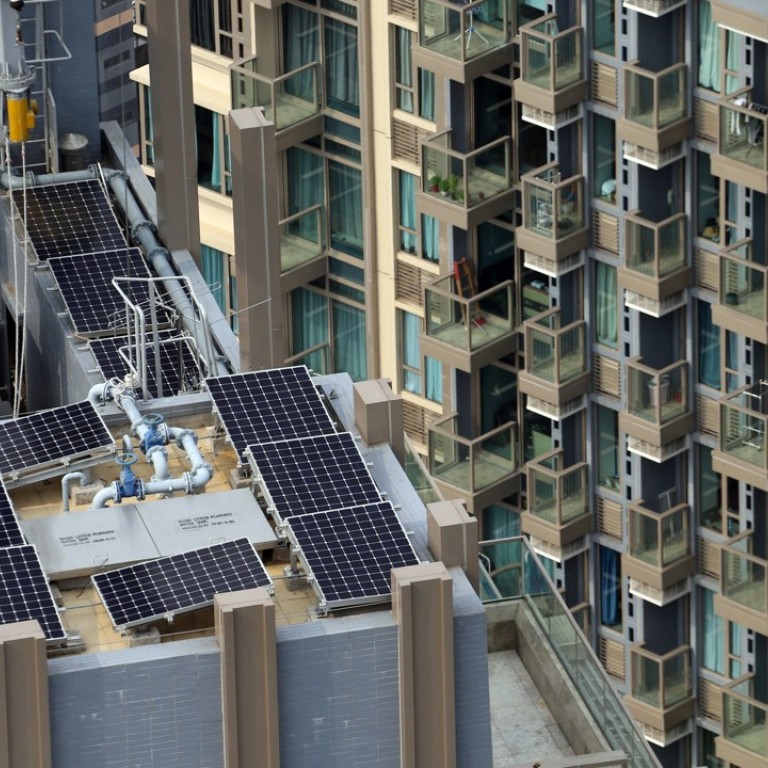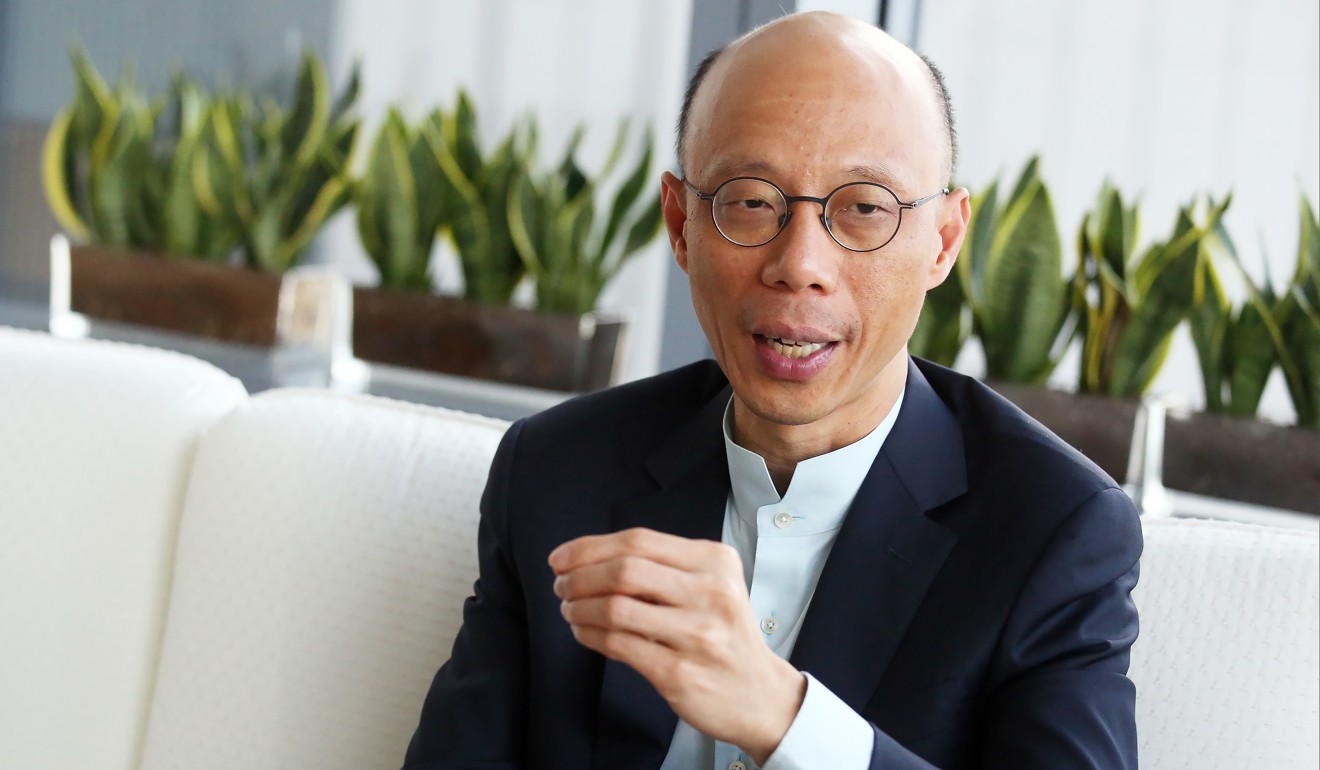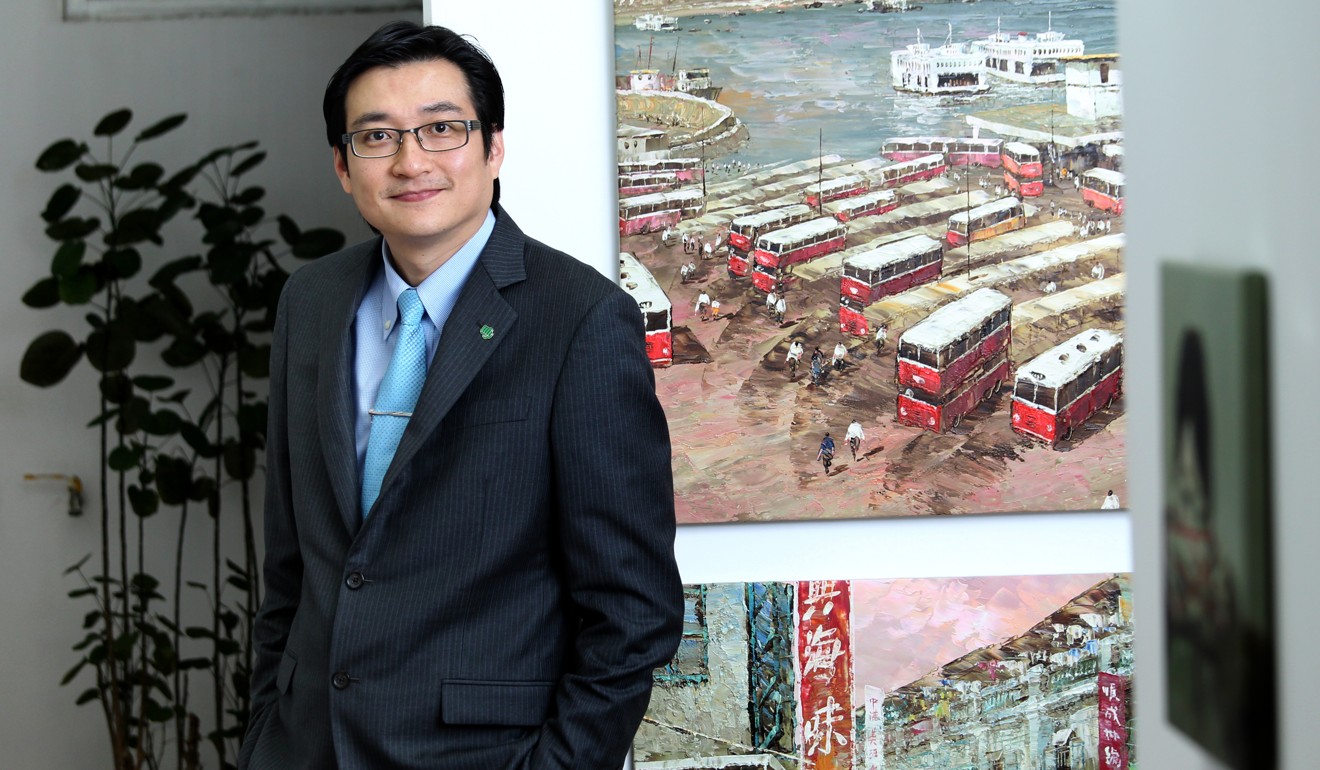
Success of Hong Kong’s renewable energy plan depends on ‘salesmanship’ of power companies, experts say
Costs of newly proposed ‘feed-in tariff’ scheme to be offset by businesses buying renewable energy certificates
The effectiveness of Hong Kong’s newly proposed scheme to spur investment in renewable energy installations will hinge on how well the city’s two power companies are able to sell the renewable energy credits to fund them, experts said on Wednesday.
According to the Environment Bureau’s plan, households and business that install renewable energy facilities such as rooftop solar or wind systems may soon be able to apply to sell their excess supply to the city’s power grid at up to five times the current retail price.
The idea behind this “feed-in tariff” is to shorten the payback period of the investment and entice more residents and companies to make such purchases, increasing the share of clean energy in the city’s primarily fossil fuel-based power generation.
More than a hundred other places around the world have such mechanisms in place, including mainland China, Taiwan and Macau.

The bureau said the two utilities firms would be able to offset the costs – and thus the pressure on users – by selling “renewable energy certificates” (RECs) to businesses that wanted to lower their emissions or improve their corporate social responsibility.
Environment secretary Wong Kam-sing said on Tuesday that he expected the pressure on power bills to be minimal, or “less than 1 per cent”.
“It really depends on the two power companies’ ability as salespeople,” said Prentice Koo Wai-muk, liaison officer at climate advocacy group 350HK, on a radio programme on Wednesday. “If it’s done well, no one would have to pay anything, and all we would have to do is give applause to businesses who are buying these RECs.”
Hong Kong families with rooftop solar panels or wind turbines could sell energy for up to five times the current electricity price
“It depends on whether the RECs are attractive to them, how much they are willing to pay, and whether the volume is enough for them to show people they are ‘using all renewable energy in our operations, look how environmentally friendly we are’,” he added.
Dr William Yu Yuen-ping, an energy economist and member of the government’s Energy Advisory Committee, said that in the early stages, most costs would likely be borne by users, given that renewable energy capacity in Hong Kong was so low.
“Basically, they want to encourage businesses to buy RECs, and that money will be fed into the [feed-in tariff] pot. But initially, we should not expect a really big response and for there to be enough money [in the pot] to cover the tariff difference,” he said on the same programme.

The current feed-in tariff rate is proposed to be set at HK$3 (US$0.38) to HK$5 per kilowatt-hour (kWh) of electricity, depending on the capacity of the facility installed, with the bureau estimating a payback period of less than 10 years. The rate will be reviewed annually.
A Baptist University study last year found that a basic 1,500 kWh rooftop solar panel installation – enough to power an average household for more than a year – would cost about HK$50,000.
Without feed-in tariffs, it would take about 30 years for the buyer to recoup the initial investment.
‘More than half’ of Hongkongers can accept 5 per cent rise in power bills to support renewable energy
“The difference will ultimately be reflected in the resident’s electricity bill. We don’t know how many renewable systems will be installed, but if the number is high, then the impact on [lowering] tariffs will be greater,” Koo said.
He suggested that the government, CLP Power and HK Electric expand the REC scheme to residents. This could be done, as it is in some countries, by allowing users to round up their power bill amounts to the nearest dollar and “donate” additional cents to the feed-in tariff pool, he added.
The government should set the rules of the game early to reduce future disputes and unnecessary losses.
Yu said the government had to do more to promote the relatively unfamiliar concept of carbon offsetting in Hong Kong.
The HK$3 to HK$5 feed-in tariff rate would be one of the highest in Asia and largely welcomed by green groups, although its high cost also reflected the challenges of installing such systems in densely built Hong Kong.
While most sales of rooftop solar systems would be targeted at those who live in village houses, Yu said building regulations such as the 1.5 metre height restriction on village house roofs would have to be relaxed.
“The government should set the rules of the game early to reduce future disputes and unnecessary losses,” he urged.
Only about 1 per cent of Hong Kong’s electricity is generated from renewables. The bureau has previously said that renewable energy has the potential to provide 3 to 4 per cent of the energy mix.

